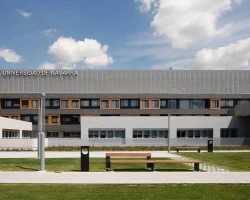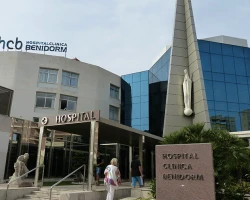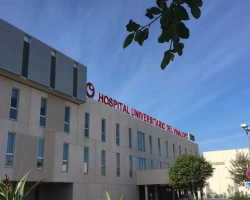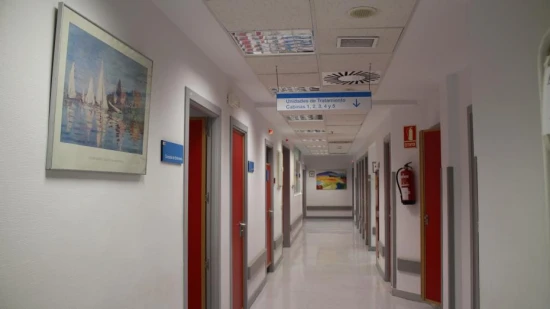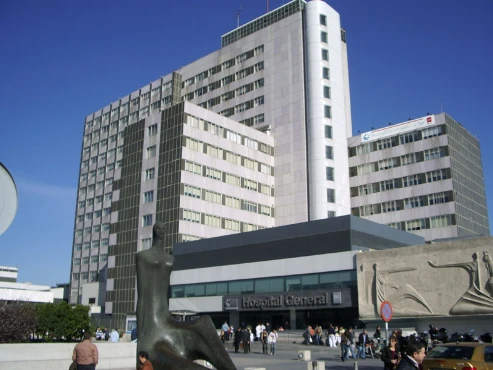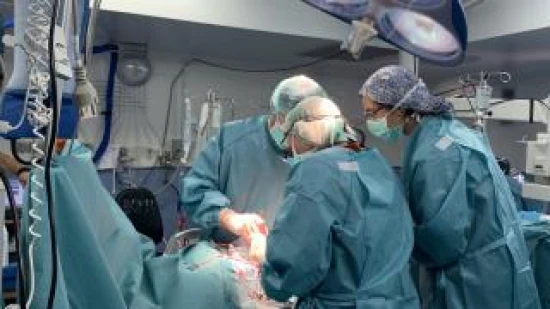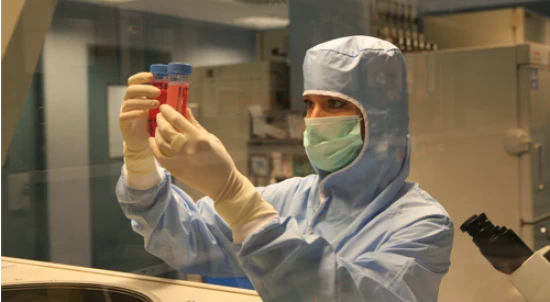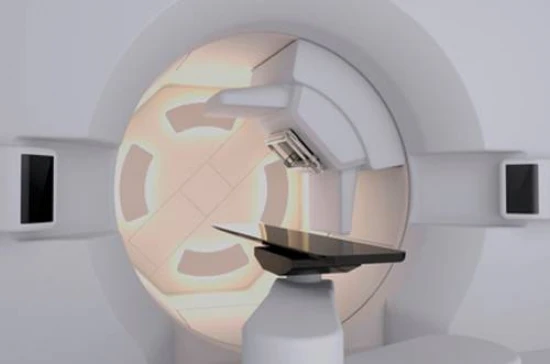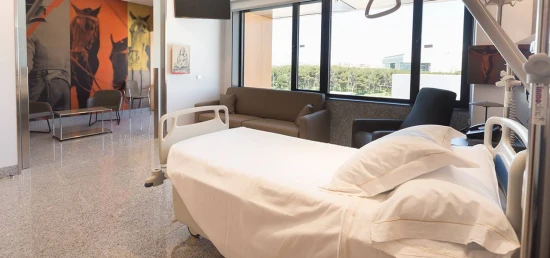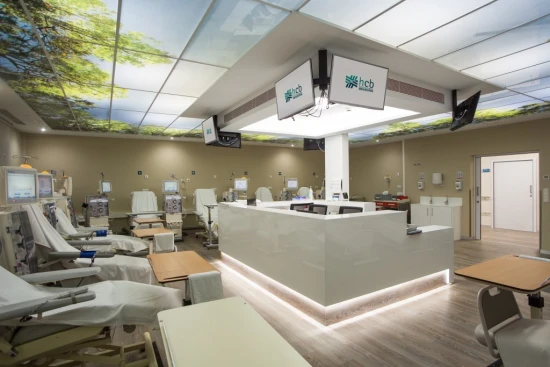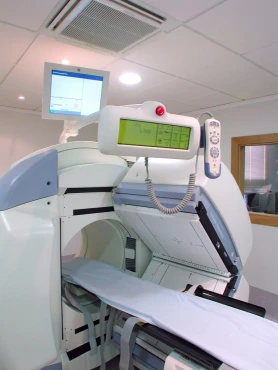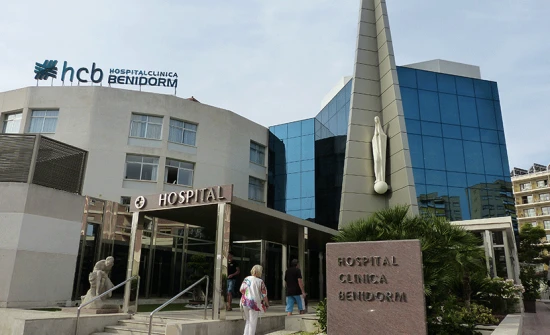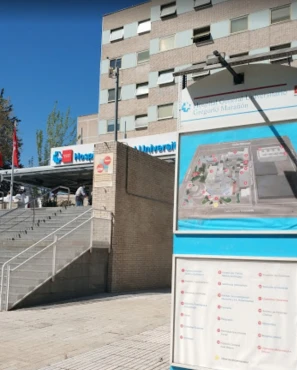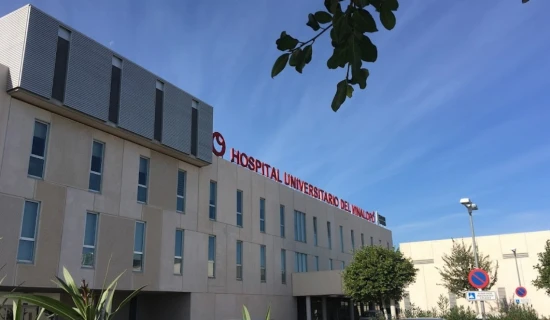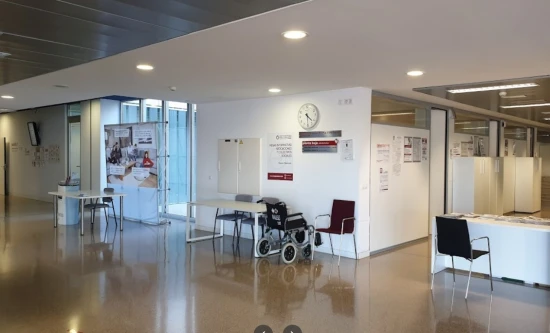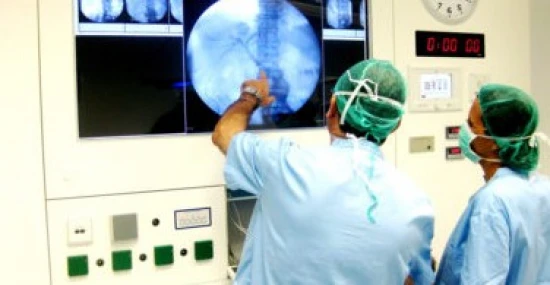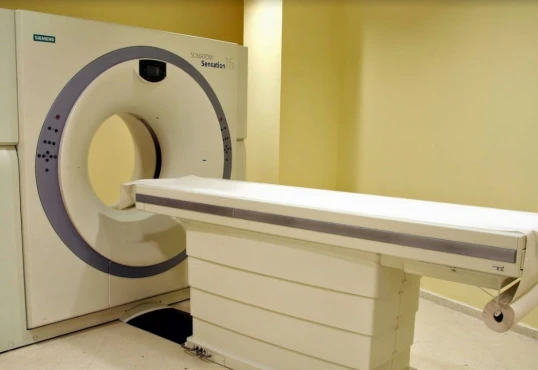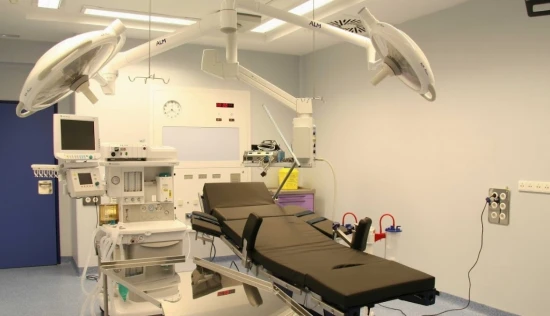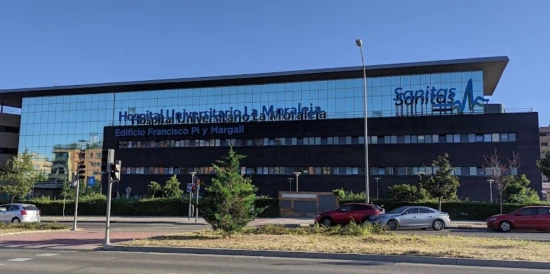from Hamid Varzi
July 27, 2023
I am shocked at how mediocre and overrated this nationally famous clinic is. Even as an international, self-paying client my appointments in late 2022 were continually mixed up and, worse still, the 3 weeks of extensive diagnoses were inconclusive and they recommended cortisone for the pains throughout my body, claiming there was no alternative to this treatment. My pains steadily increased and at one stage I could no longer get out of bed without help. I finally visited a microbiologist in Hamburg who correctly diagnosed the cause, and with a simple change of diet I was pain-free within a week!. I am now completely off cortisone.
from Halyna
June 13, 2023
The worst childbirth that you could imagine!
Unfortunately, we chose this clinic for childbirth. At the 39th week Dra. Laura Muñoz Saá said me, that labor induction was needed. Although we did not agree with this, but we trusted her words that everything will be fine and that it is better for me and child.
The doctor assured only about the advantages of induction of labor. However, there was not a word about complications and possible consequences. Although everything was written in the informed consent.
After the start of induction, irregular labor began (opening from 2 cm to 10 cm per hour). I screamed from pain and begged for pain relief due to excruciating pain. Everyone just said that I should breathe, and I will never forget the words of the anesthesiologist who came to install epidural anesthesia. He said "all women give birth, what do you mean you can't sit down for 2 minutes?" In those moments, I prayed that it would end soon and barely sat through those 2 minutes of hellish pain. After the examination, the doctor on shift told that the cervix was already fully dilated and the child was in distress. I was told that a caesarean section should be performed immediately.
To go through hellish pain so that it ends with an operation is not the worst. The worst thing is when they start making an incision, and you say that you feel pain, just pain, and not the feeling that something is being done. In response from the anesthesiologist, I heard "don't make it up, you can't feel pain."
No one but me will understand the torments that I went through and that left a mark on my heart forever.
The most beautiful day of my life became one of the worst for me due to excruciating pain and a feeling of helplessness. When you beg for pain relief, which they still think about giving you or not, because they don't believe that you can feel such unbearable pain.
The only thing that was at the highest level was the help of the nurses and the matrons with the child. Thank you very much for your work and help!
from Ursula Romero
January 10, 2023
My parents have been getting treatment at this place since 2018 and since it's doors first openend then, the customer service and quality has gone down by a lot. They are taking on too many people and they are loosing sight of what matters most: the patient and their family. I lost my father recently and I am sure that his doctors at the CUN could have looked after their patient more in detail rather than making us wait for hours sometimes and the most difficult part was for my dad or me to get a hold of his doctors. The ER room service is also basically non existent. I will never use that Clinic again. Great doctors, latest Tecno but not attention to detail and bad administration.


